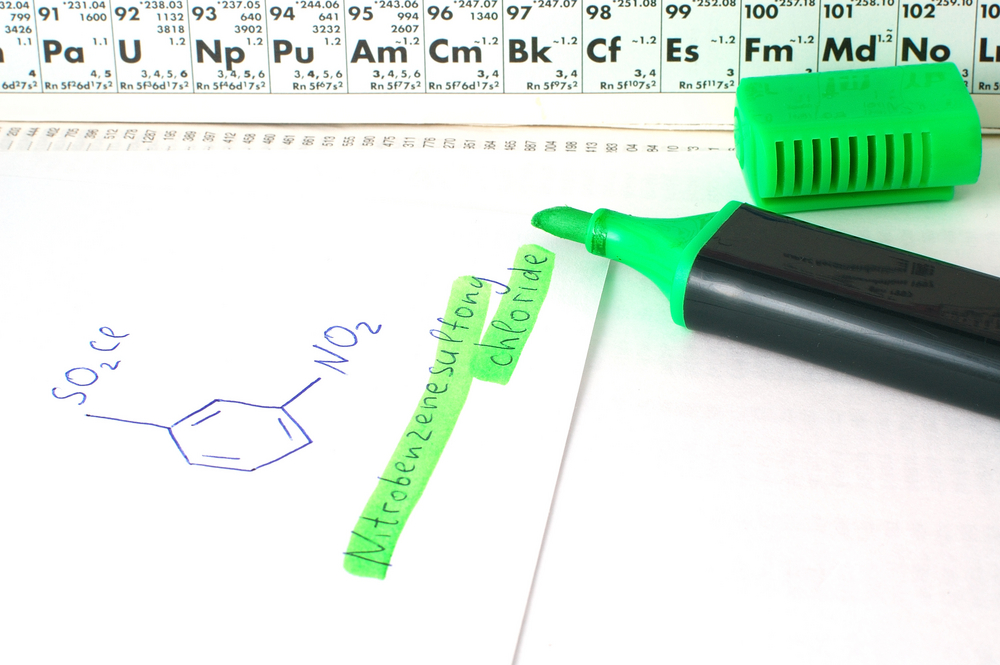GCSE maths exam techniques and tips
Much has been made of how students can revise for a GCSE in Maths, there are reams of work out there on flashcards, timetables, retrieval practice and an assortment of other techniques, all of which is great, but one of the questions that doesn’t seem to get asked much is ‘What are examiners expecting to see?’
One of the best bits of training I had over the last few years was when I applied to be an exam marker for the Edexcel Maths GCSE. Over the years, my team and I had looked at questions we were marking and asked ourselves ‘What would an examiner give this question?’ Now was my chance to find out.
Here's what I learnt when training to be an examiner.
.jpg)
1. Handwriting and organisation is king.
Imagine you're marking an exam paper. You are getting paid per paper and you have hundreds to do. If you come across a paper where the handwriting is scribbled and the working is splashed here there and everywhere on the page, are you likely to sit down and thoroughly work through every part, piecing it together or are you likely to give it a cursory mark and move on?
Unfortunately, the latter is all too common, under pressure examiners are more likely to quickly blast through it and assume you don’t have the understanding of the question.
Make sure that your work is neat and, I can’t stress this enough, tidy. Make sure that you work down a page, not across it and that one point leads to another.
2. Cross out working neatly
So often, I came across a paper that had some work scribbled out so that it couldn’t even be read. My tip here is to cross it out with a single line (preferably using a ruler) and not scribble it out.
The reason behind this is that you can still get marks for crossed out work.
If you cross it out and then do some more work which turns out wrong, you can still get method marks for the parts you have crossed out.
If you cross it out and do some more work which turns out to be right, they will ignore the crossed out work.
3. Different methods for the same question – Don’t use the answer line
If you're in the situation where you try two methods and you aren’t sure which one is correct, don’t put an answer on the answer line. If you do, the examiner will ignore the working that doesn’t lead to that answer.
If you leave the answer line blank, the examiner will mark both methods and award whichever one is lower.
Only put an answer on the line if you are sure it’s right!
4. Never show obviously incorrect working.
Never put working that contradicts your answer. It's a myth that you can write the correct answer and you'll get an answer mark irrelevant of what you put down in the main section. If your answer is correct but comes from working which is obviously incorrect (or you have the answer but have shown no working for multiple mark questions), you will probably get zero marks.
5. Always show working for the follow through marks
Let’s assume you are doing a 5-mark question, if you, for example, made a mistake on line 1, you would inevitably get the final answer wrong. If, however, you showed all your working and had used your mistake all the way through, you would lose a mark for the mistake and the answer mark, but you could still gain all the other marks.
6. Subsequent working can be ignored
This is perhaps best illustrated with an example, let's assume you are working out a fraction, but you then cancel it incorrectly. You would still gain the mark as the examiner will ignore subsequent working.
A small tip; this only applies if what you put afterwards doesn’t change the intention of the answer. So for example, if you were simplifying an expression, if you collected the terms but made a mistake (for example, saying that 7a + 3b + 2a + b = 10a + 4b) you would gain some marks, if you then collected the alike terms to get 14ab, you would lose the marks as you have substantially changed the intention of your answer.
7. Probability answers must be numbers
All probability answers must be given as either a fraction, a decimal or a percentage. You will only ever put probabilities as words if the questions specifically states to use words to describe the probability.
8. Always state your answer for a linear equations
Linear equations run through the maths papers and are a way to get easy marks, the one thing I would say here is that you should always state your answer and not embed it:
Correct
2x + 1 = 5 x = 2
Incorrect
2x + 1 = 5 2(2) + 1 = 5
9. Most multistage questions have a range of answers.
This one is mostly seen in either graphs or multiple stage questions.
In graphs, when you are reading off values, the examiner will always take your answer from a range of answers.
In multi-stage questions, if you round in the middle of a question, the examiner will probably have taken this into account and will have a range of answers that will be allowed. It is always best, however, to play safe and never round in the middle of a question.
EdPlace is here to help you pass your maths GCSE
GCSE prep. It can feel a bit neverending, right? Don't worry, you've got this! but if you or your child are in need of an extra boost, we have hundreds of maths GCSE revision materials and practice papers to help you hone your skills. We're here to ensure comprehension is in tip-top shape for exam day! Try these activities and practice papers for free to get you started:
EdPlace is here to help you revise smart:
- Curriculum aligned resources, revision materials and practice papers
- Personalised activities tailored to ability level
- Track and measurable progress with weekly reports and real-time in account updates
- Motivate and engage with personalisable rewards



.jpg)






